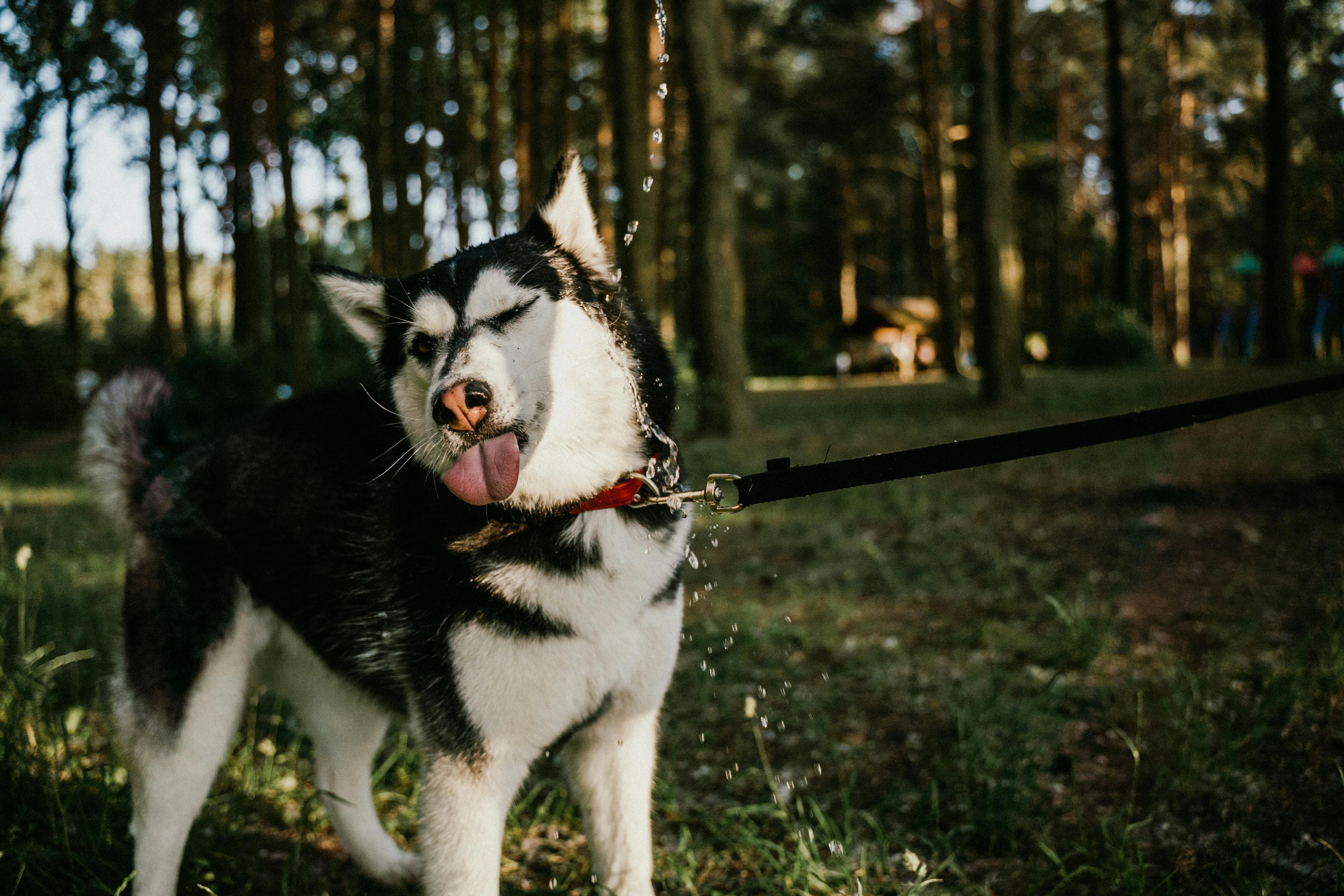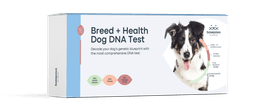Strolling outside with your dog can prove to be an excellent way to relax and relish each other's company. But it can quickly become very irritating if your dog always pulls on the leash. This behavior can be trained out of any dog breed with proper guidance and loads of patience.
Why Do Dogs Pull on the Leash?
Dogs pull because they are inquisitive and active. Once something catches their attention, they must go to it without losing a minute. Since they haven't been taught the proper technique for walking on a leash, many dogs are unaware of any difference. Dogs also have an inherent inclination known as the "opposing reflex" that forces them to oppose training of any kind. This reflex is why you might find your dog pulling harder when you pull back on the leash. Fortunately, you can overcome this obstacle with proper techniques. Let’s start!
What Equipment Does My Dog Need?
It is crucial that you purchase the correct paraphernalia before you start leash training a puppy or a dog. A well-fitted harness is always better than a collar because it will give more control and comfort. Try to find a harness with a front clip to help steer your dog back towards you when they begin to pull. Another thing you will need is a strong 4-to-6-foot leash and, of course, plenty of treats. According to Zoetis, an adjustable or all-in-one is the best leash for dogs that pull because it can be extremely useful in controlling the animal.
How Can You Stop Your Dog from Pulling?
There are many ways you can break the pattern of leash pulling in even the most stubborn of dogs such as:
Always Reward Good Leash Behavior
Dogs love rewards. Use treats to reinforce good behavior. Whenever your dog walks beside you with a loose leash, give them a treat. Praise and petting also work well if your dog isn’t food-motivated. Give the treat right beside your leg so your dog knows where you want them to be.
Never Let Your Dog Walk When They Are Pulling
If your dog pulls, stop walking. Don’t move until the leash is loose. This will educate your dog that pulling is ineffective. At first it may need a great deal of patience but consistency is essential.
Wait for a Loose Leash Before You Walk
Start walking again only when the leash is slack. If the leash tightens, stop immediately. This may mean slow progress at first but it is crucial if you wish to learn how to leash train a dog. Over time the dog will understand that a loose leash means they get to move forward.
Incorporate Life Rewards on Your Walk
Use natural rewards like sniffing a tree or greeting another dog. When your dog walks nicely, let them sniff around as a reward. Dogs explore the world through their noses, so allowing them to sniff can be a significant reward. You can also let them choose the direction for a bit as a special treat.
Walk at a Good Pace
Dogs might pull because we walk too slowly for them. Try matching your dog’s walking speed. Walking quickly may make a stroll more interesting and less boring. If your dog is an energetic animal, you might want to incorporate running or jogging intervals to help burn off some of that excess energy.
Be Consistent With Your No-Pulling Rule
Consistency is key. Make sure everyone who walks your dog follows the same rules. If one person lets the dog pull, it will confuse them. Stick to the plan. Using the same commands and techniques helps avoid confusing your dog.
Keep Training Sessions Short and Fun
Dogs can get bored with long training sessions. Keep your walks and training sessions short and fun. End on a positive note, so your dog looks forward to the next walk. Short, frequent sessions are more effective than long, occasional ones. Aim for multiple short walks or daily training sessions with a puppy leash.
Be Interesting and Engaging on Walks
If you’re boring, your dog will find something else to do like pulling. Keep your dog engaged by talking to them, changing direction, or jogging for a bit. Be interesting so they pay attention to you. You can also bring along toys or play games like “find it” with treats to keep things lively.
Stay Calm
Dogs pick up on your emotions. They may feel nervous or thrilled if you're upset or frustrated. According to a VCA Animal Hospitals article, tugging firmly on a no pull leash or harness out of aggravation might injure your dog's shoulder. Stay calm and patient.
Engage Your Dog In Distracting Situations
Practice walking on a loose leash in different environments. Start in a quiet area and gradually move to busier places. This lets your dog learn to focus on you, no matter what is happening around them. Slowly add distractions to help your dog learn to cope with more challenging situations.
Conclusion
Still wondering how to leash train a dog? Remember that patience is key. With consistent training and the right techniques, you can enjoy peaceful walks together. Reward good behavior, be consistent and keep things fun and engaging. Soon walks will be something you both look forward to.



